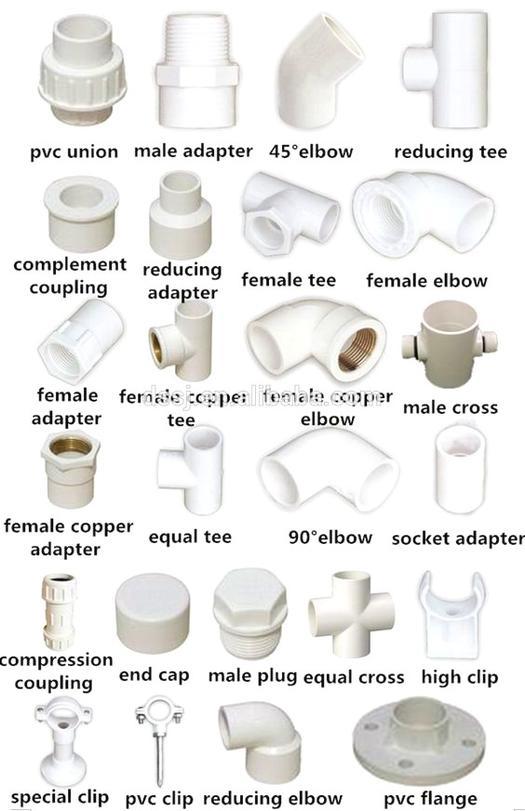Pipe Fittings for Water: A Guide to Types, Materials, Sizes, and Styles

Pipe fittings for water are essential components in plumbing systems as they facilitate the connection of pipes to create a reliable and efficient water distribution system. Fittings can be used to join, change direction, or reduce the flow or supply of water in a pipeline. They come in different types, materials, sizes, and styles to suit the specific needs of your project.
Types of Pipe Fittings for Water
1. Couplings: Couplings are used to connect two pipes of the same size and material. They come in different types, including compression, slip, and threaded couplings. Compression couplings are easy to install and do not require soldering, while threaded couplings use external threads to connect pipes. Slip couplings are perfect for repairing damaged pipes without having to replace the entire section.
2. Elbows: Elbows are used to change the direction of a pipe or to connect pipes at an angle. They come in different degrees, including 45, 90, and 180-degree elbows. Elbows can be made of different materials, including brass, copper, PVC, and stainless steel.
3. Tees: Tees are used to connect three pipes of equal or different sizes, allowing water flow to split into two directions. They also come in different materials and sizes to suit the needs of your project.
4. Reducers: Reducers are used to connect pipes of different sizes, reducing the flow of water from a larger pipe to a smaller one. They come in various materials and sizes, including concentric and eccentric reducers.
5. Valves: Valves are used to control the flow of water in a pipeline. They come in different types, including ball, gate, check, and butterfly valves, among others. Valves can be electrically or manually operated to control water flow, and also come in different materials and sizes.
Materials Used to Manufacture Pipe Fittings for Water
Pipe fittings for water are made from different materials to meet specific needs and requirements. The most common materials include:
1. Brass: Brass fittings are durable, corrosion-resistant, and suitable for high-pressure applications. They are also easy to install and ideal for hot and cold water applications.
2. PVC: PVC fittings are affordable, lightweight, and easy to install. They are ideal for low-pressure water applications and can be used in cold water systems only.
3. Copper: Copper fittings are durable, corrosion-resistant, and ideal for hot water systems. They are more expensive than other materials, but their durability and reliability make them a worthwhile investment.
4. Stainless Steel: Stainless steel fittings are durable, corrosion-resistant, and suitable for high-pressure applications. They are ideal for hot and cold water applications and are relatively expensive to install.
Choosing the Right Size and Style of Pipe Fittings for Water
Choosing the right size and style of pipe fittings for water is critical to ensuring a reliable and efficient plumbing system. The size of the fittings should match the size of the pipes being connected to ensure a tight seal and prevent leaks. The style of fittings should also be chosen based on the specific needs of the project.
For instance, compression fittings are ideal for installations in tight spaces and do not require soldering, while threaded fittings are perfect for applications where pipes need to be easily disconnected for maintenance or repair purposes. In addition, selecting the right type of valves depending on the flow rate and pressure for the specific application is equally important.
Conclusion
Pipe fittings for water are essential components in plumbing systems that facilitate the reliable and efficient distribution of water. They come in different types, materials, sizes, and styles to suit the specific needs and requirements of different projects. Selecting the right type of pipe fittings for water is critical to ensuring a tight seal, preventing leaks, and ensuring reliable plumbing systems. Therefore, it is essential to consider the size and style of fittings, the material used in manufacture, and the specific needs of the project to make the right choice.
